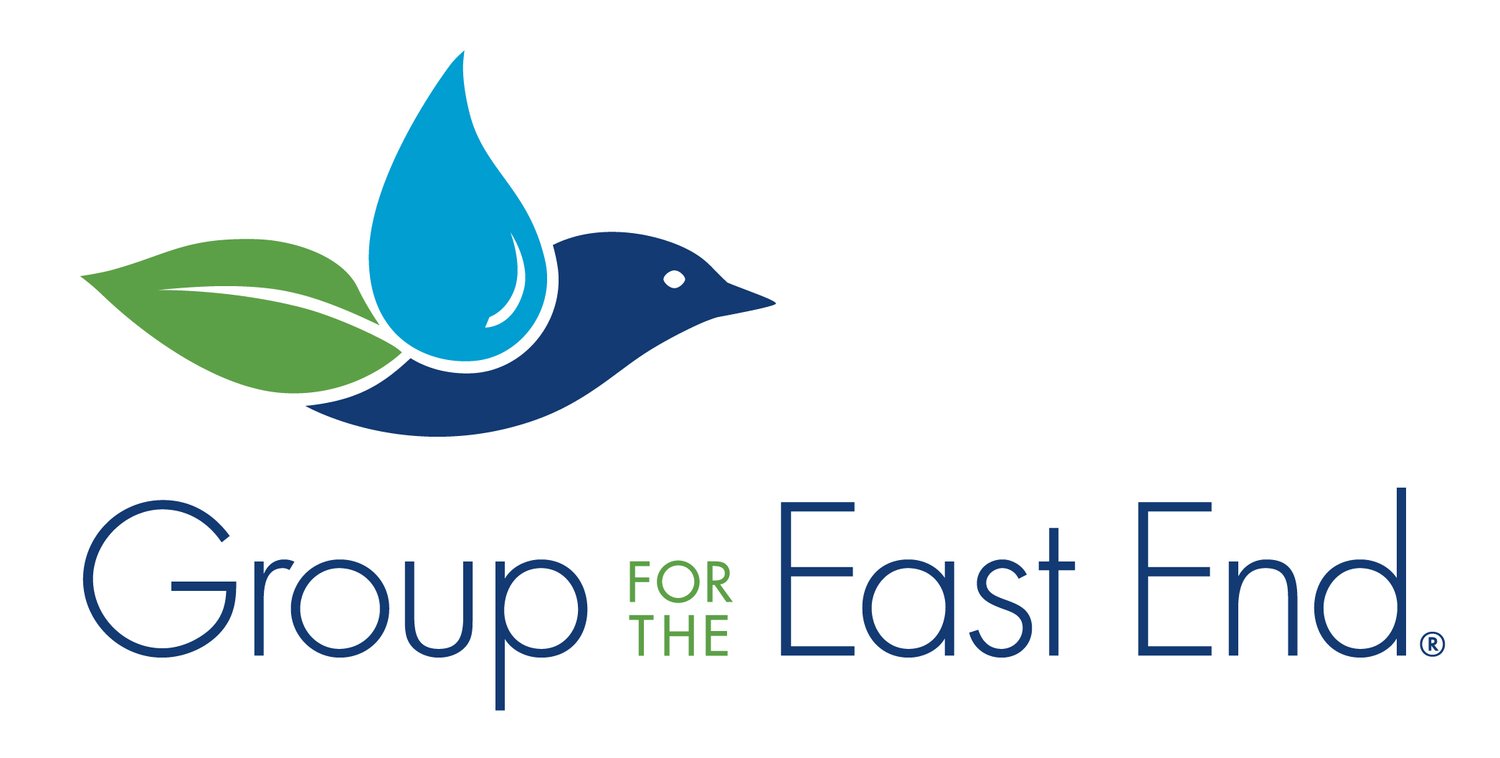Planning for Spring Gardening
I must admit, I am not a winter person. While I appreciate the quiet of the season and the abundance of turkeys and other backyard birds, I am truly a sunshine and flowers person. On short winter days, I daydream about the beetles, caterpillars, moths, butterflies and other vibrant colors of the growing season.
But what I do enjoy in the quiet winter months is that while I am spending a lot of time indoors, I have the opportunity to plan for the warmer weather ahead. Winter is the ideal time to peruse native seed and plant catalogues, and pick and choose the species you’d like to add to your native habitat gardens.
Supporting wildlife at home and in our public green spaces is more important than ever, especially on the East End. With development pressure ever present, it is up to us to provide safe habitats that are vital to pollinators and other wildlife.
Pollinators are essential to our food supply, economy, and surrounding landscape.
Do you have a favorite butterfly you’d like to see more of? Perhaps a bee or moth? You can help support their lifecycle by researching the native plants that provide a food source and habitat. The great news is that once established in your homescapes, native species require less care than non-native species as they are well-suited to the local climate, use less water, support biodiversity, and more.
One of my favorite examples, and perhaps the most popular, is planting native milkweed species (Asclepias) to support monarch butterflies. Something important to note is that science has shown that planting tropical milkweed (Asclepias curassavica) can be detrimental to monarch butterflies, so please stick with the milkweed species native to you area.
But did you know you can attract and support hummingbirds with cardinal flower (Lobelia cardinalis)? Or that our native white oaks (Quercus alba) help support almost 500 species of wildlife?
Start your native plant journey by choosing up to five new species you’d like to add to your garden this year. Long Island ecotypic plants, meaning species that evolved here on Long Island, are best adapted to our local conditions. If you are having trouble finding ecotypic native plants, regional species provide great habitat as well.
Look for local nurseries that grow or source native plants. If they don’t have what you’re looking for, ask!
Happy planning and planting!
— Taralynn Reynolds, Group Outreach Director

